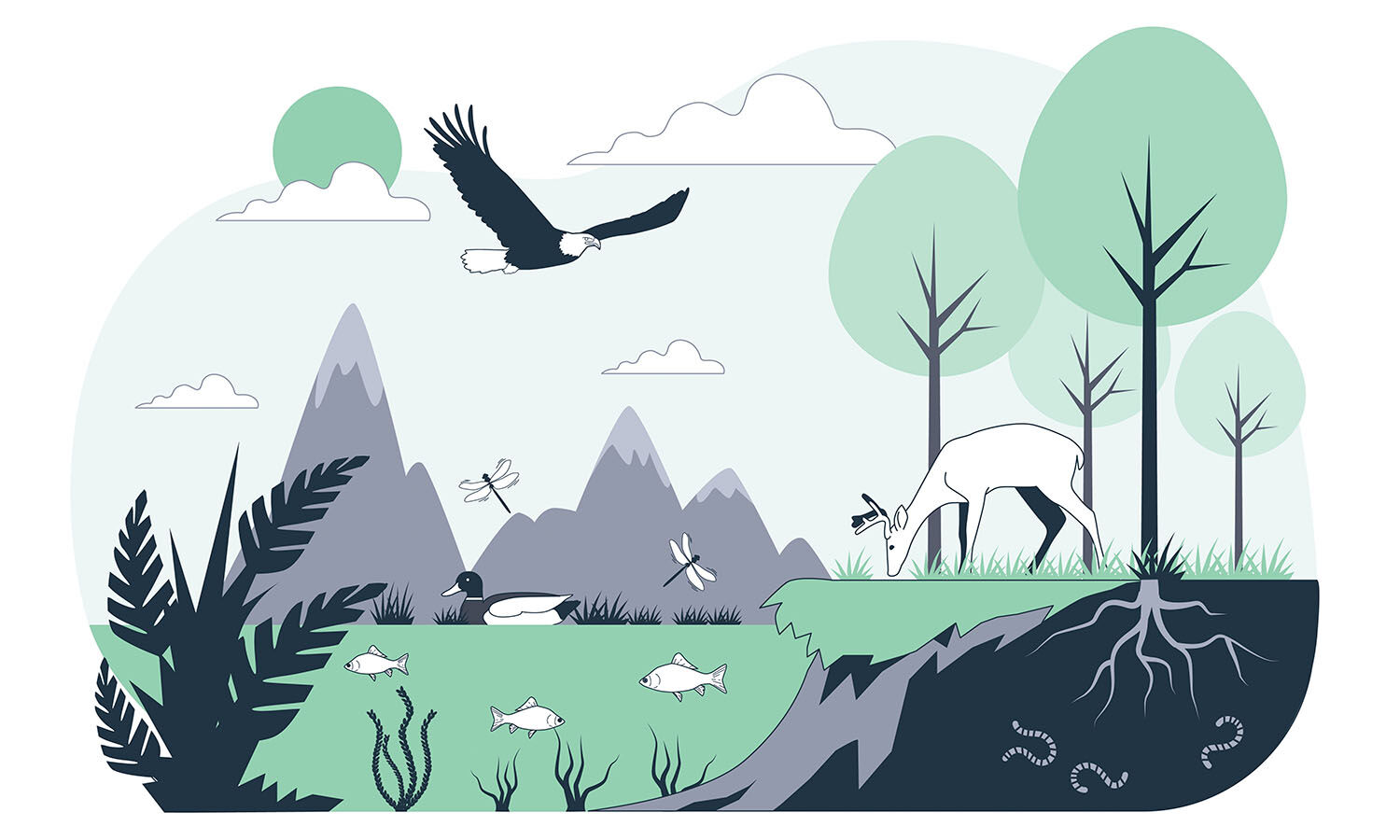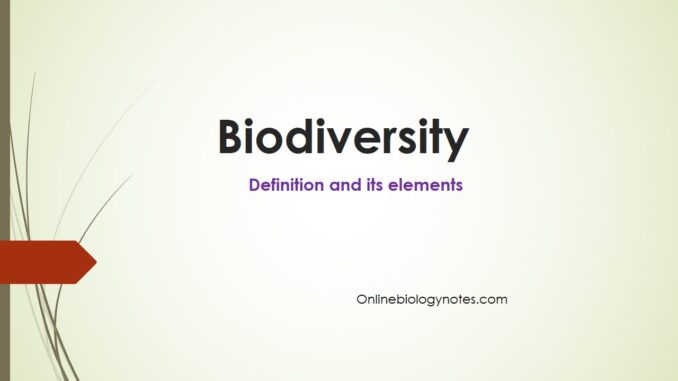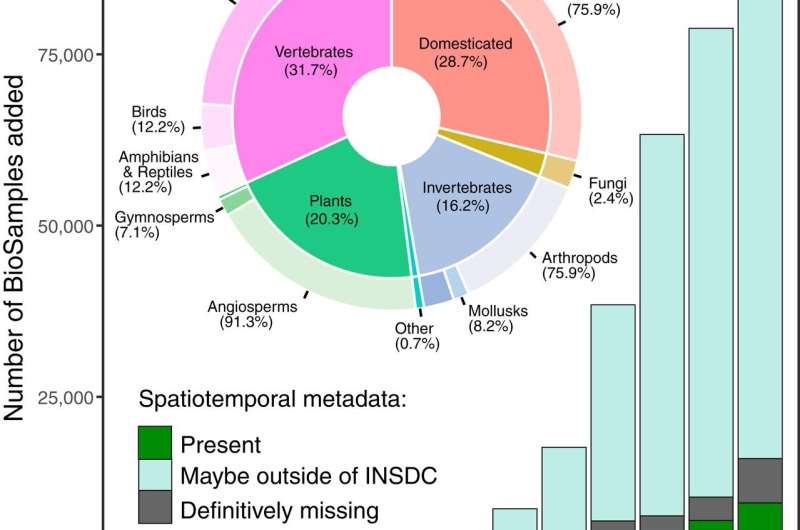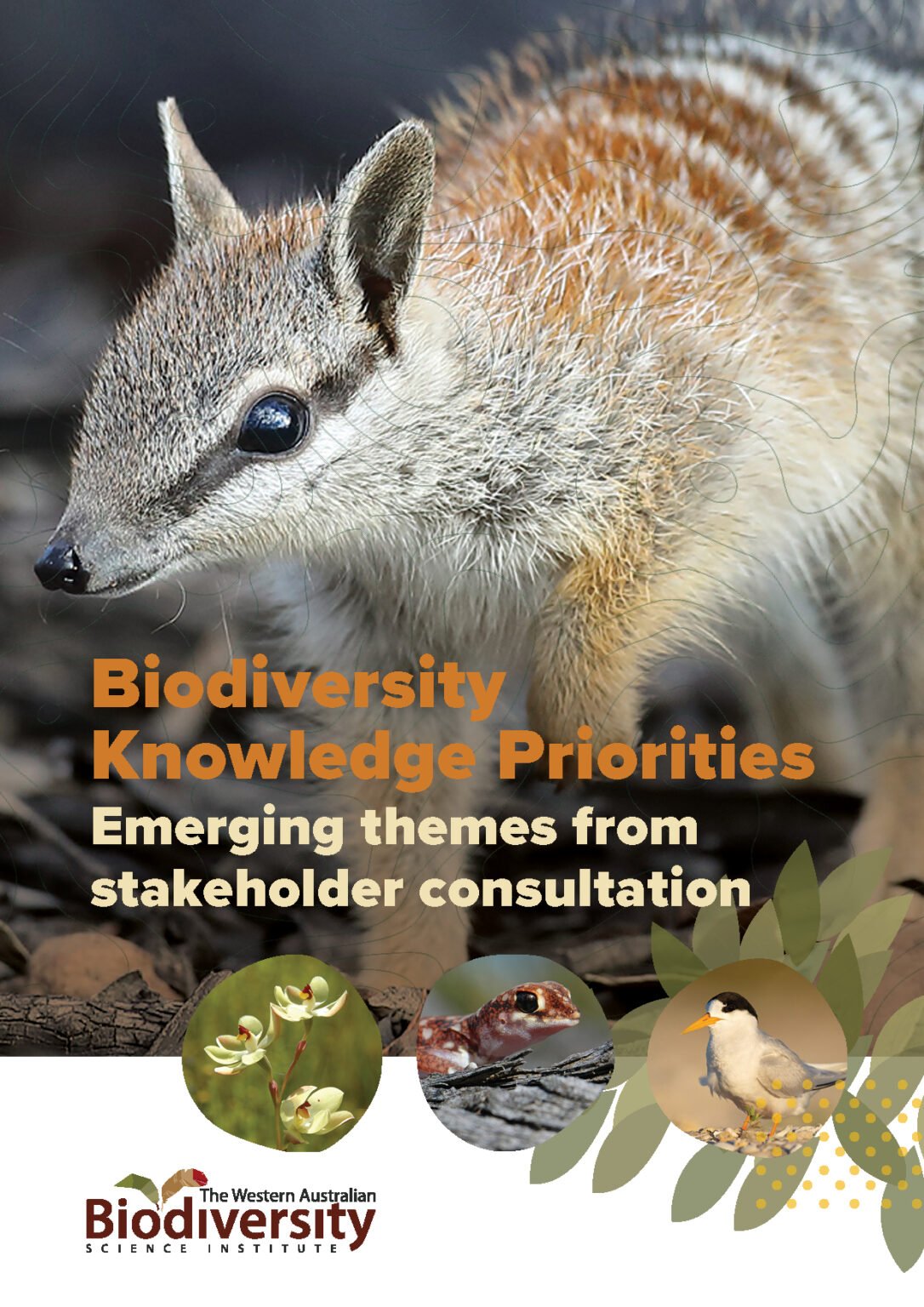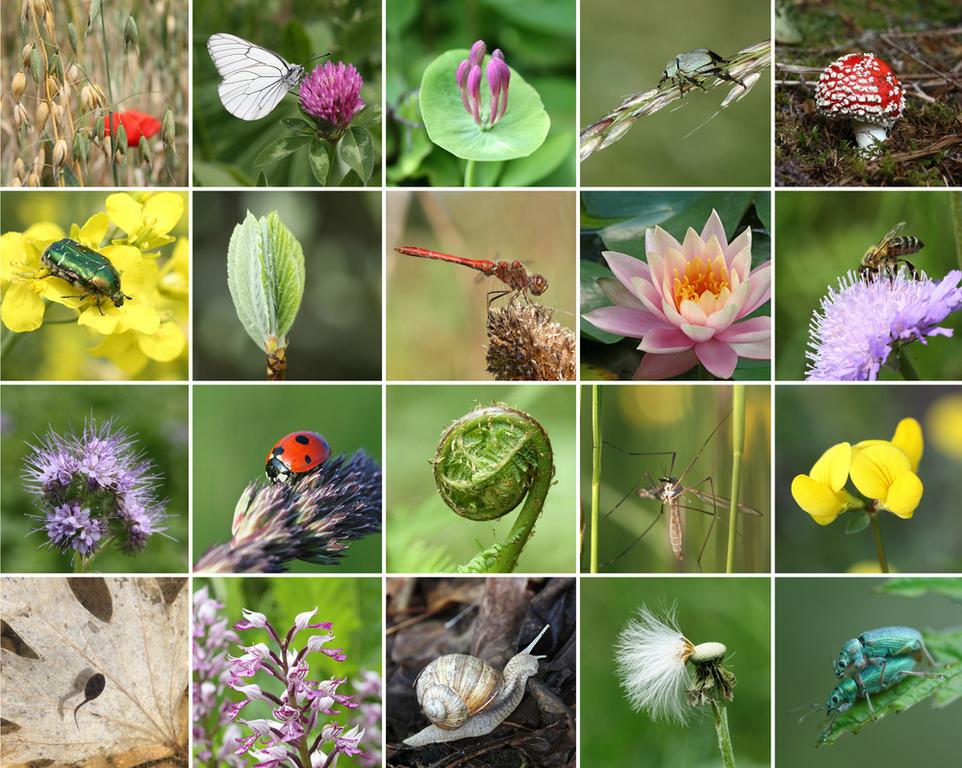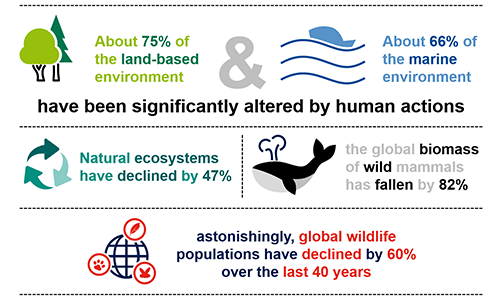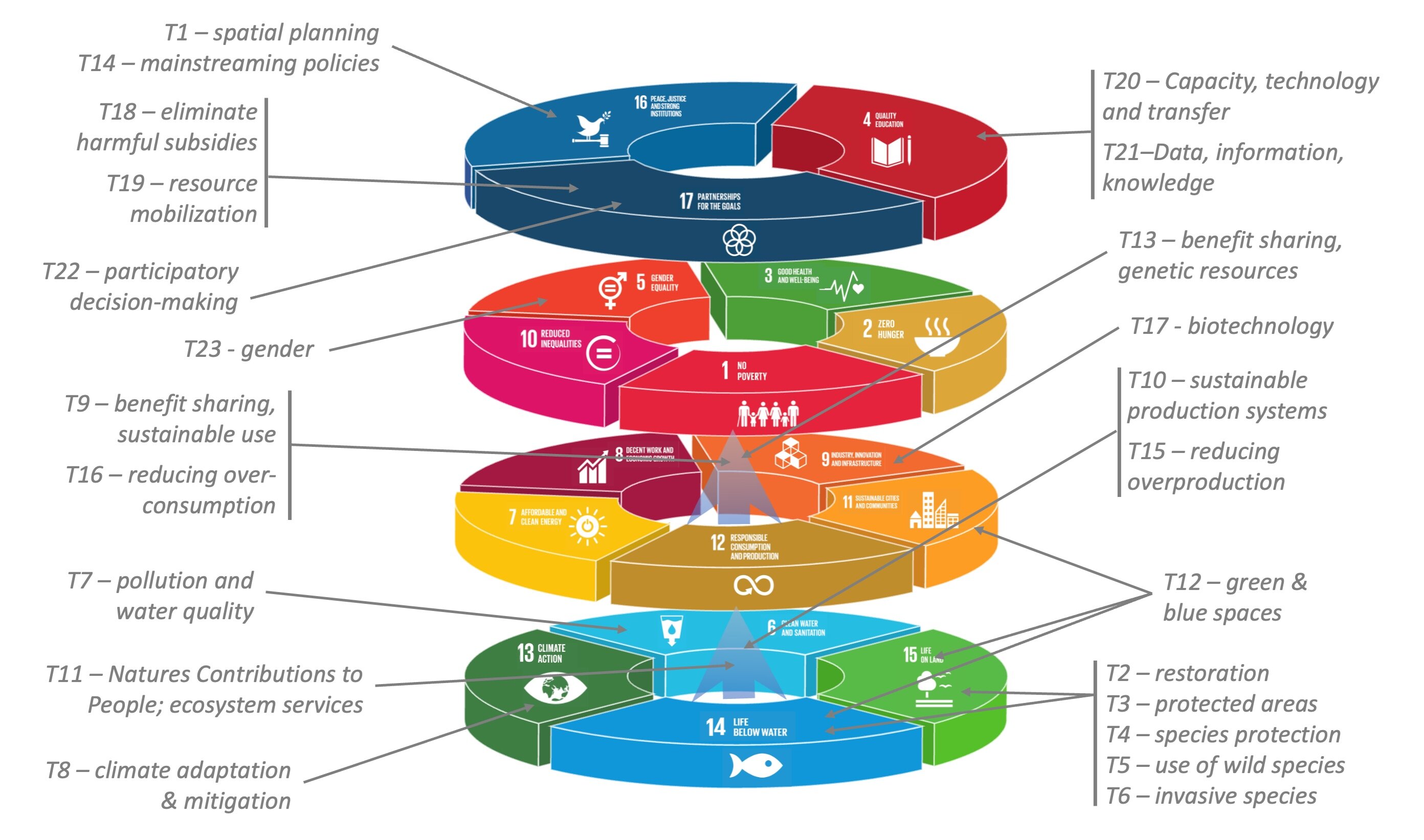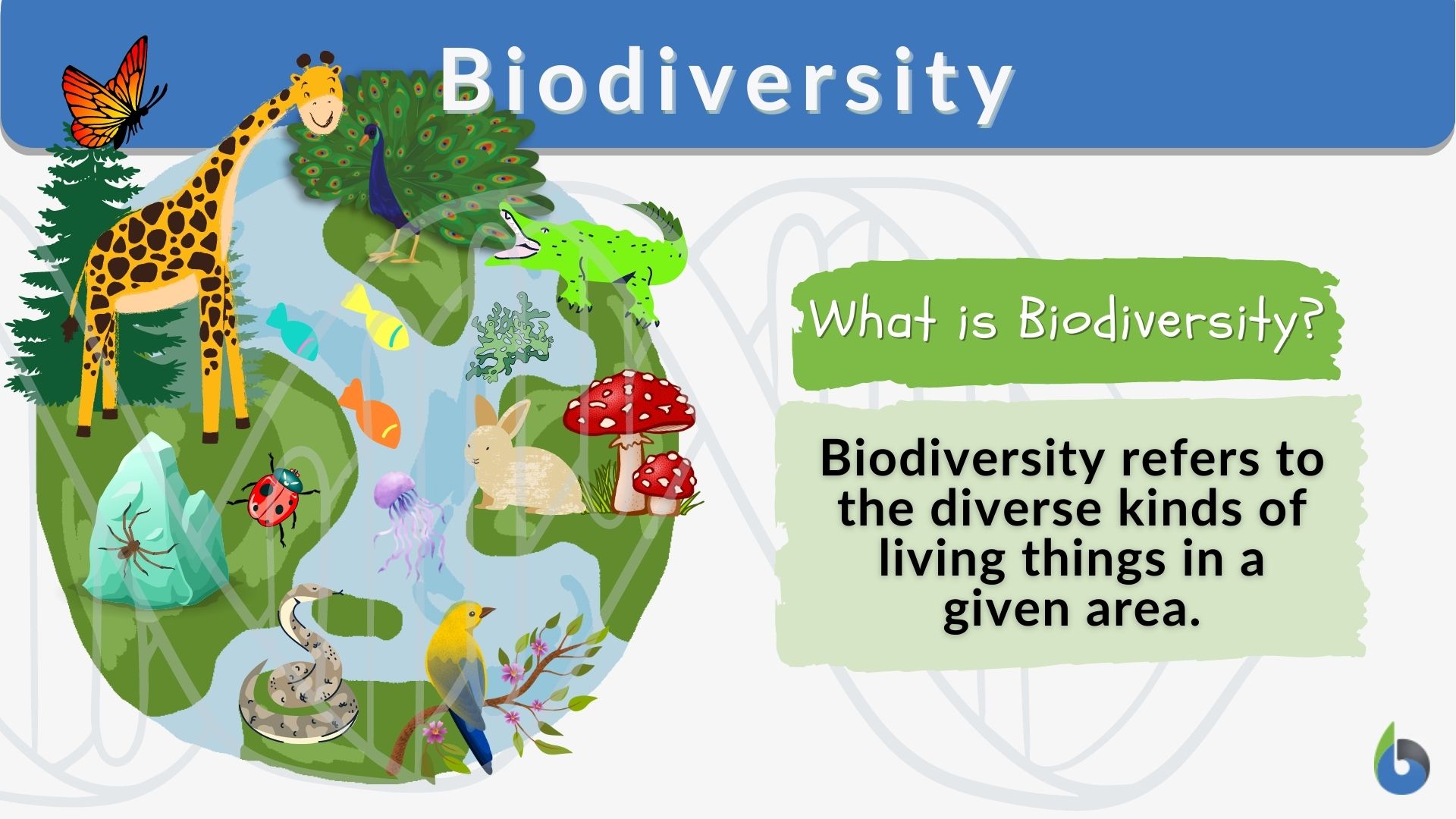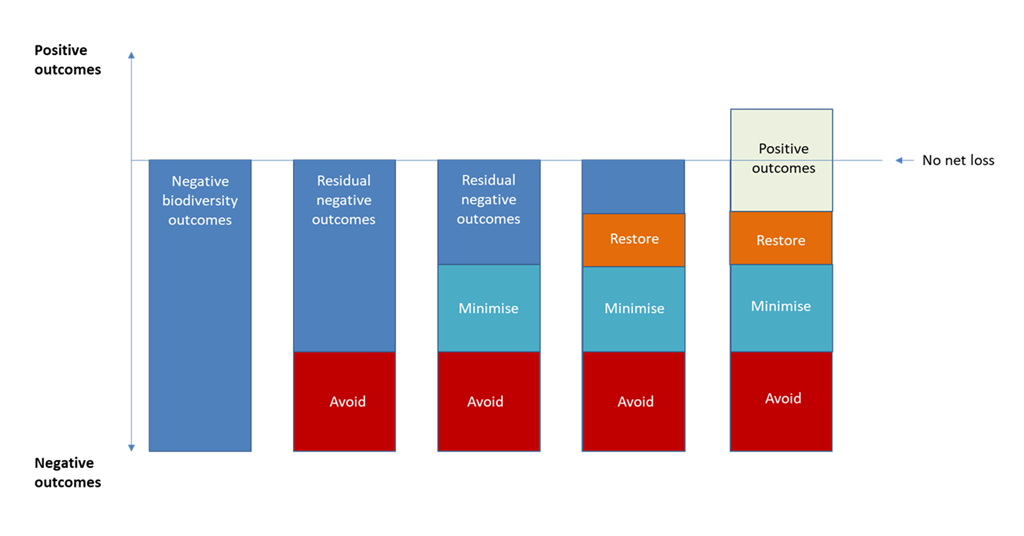Understanding Biodiversity as an Emerging Asset Class
Biodiversity, the variety and abundance of life on Earth, is increasingly recognized as a valuable asset class. Its conservation and restoration offer significant investment opportunities with both financial and environmental benefits.
Financial Benefits:
*
Ecosystem services:
Biodiversity supports essential ecosystem services such as pollination, water purification, and carbon sequestration. These services are essential for human well-being and can be monetized through payment for ecosystem services (PES) schemes. *
Sustainable agriculture:
Biodiversity enhances agricultural resilience, reduces crop and livestock losses due to pests and diseases, and improves soil fertility. *
Biotechnological innovation:
Biodiversity provides a vast reservoir of untapped genetic resources that can be used to develop pharmaceuticals, biofuels, and other valuable products.
Environmental Benefits:
*
Preservation of critical habitats:
Investment in biodiversity conservation contributes to the protection and restoration of vital ecosystems, such as forests, wetlands, and coral reefs. *
Carbon sequestration:
Biodiversity-rich ecosystems, particularly forests and oceans, play a crucial role in mitigating climate change by absorbing and storing carbon. *
Biodiversity resilience:
Investing in biodiversity supports the resilience and adaptive capacity of ecosystems, making them more resistant to disturbances and climate impacts.
How to Invest in Biodiversity:
There are various ways to invest in biodiversity: *
Direct investments:
Acquiring land or financing biodiversity conservation projects. *
Indirect investments:
Investing in companies and funds that support biodiversity through sustainable practices or conservation initiatives. *
Green bonds:
Treasury bonds issued to finance environmental projects, including biodiversity conservation. *
Nature-based solutions:
Investing in technologies or companies that harness natural processes to solve environmental challenges, such as reforestation and mangrove restoration.
Considerations for Investors:
*
Measuring impact:
Investors need to be able to measure the environmental and social impact of their biodiversity investments. *
Long-term perspective:
Biodiversity investments often have long gestation periods and require a long-term investment horizon. *
Collaboration:
Successful biodiversity investments require collaboration between investors, governments, conservation organizations, and local communities.
Conclusion:
Biodiversity is a valuable asset class that offers both financial and environmental returns. By recognizing its importance and investing in its conservation and restoration, investors can contribute to sustainable development, mitigate climate change, and enhance human well-being. As the understanding of biodiversity as an asset class grows, we can expect to see increasing investment opportunities in this emerging field.This code represents the structure of a web page, including the HTML header, metadata, and the start of the body. Let’s break down what each part does:This code represents the structure of a web page, including the HTML header, metadata, and the start of the body. Let’s break down what each part does:
HTML Header:
“`html “` The “ element contains information about the web page that is not visible to the user, such as its title, meta tags, and links to CSS and JavaScript files.
Meta Tags:
Meta tags provide information about the page’s content and help search engines index and understand the page. In this code, we have several meta tags: * “: Defines the character encoding used on the page, which is UTF-8. * “: Sets the viewport for mobile devices, ensuring the page responds correctly to different screen sizes. * “: Specifies the name of the developer responsible for creating the website. * “: Indicates the language used on the page, which is English. * “: Instructs search engine bots on how to index and crawl the page, allowing them to show snippets of content in search results.
Title:
“`html Understanding Biodiversity as an Emerging Asset Class | Advisor.ca “` The “ element defines the title of the web page, which is displayed in the browser’s tab or title bar. In this case, the title is “Understanding Biodiversity as an Emerging Asset Class | Advisor.ca”.
CSS and JavaScript Links:
“`html “` These links reference external CSS and JavaScript files that define the styling and functionality of the web page. They are loaded asynchronously to improve page performance.
Body:
“`html “` The “ element contains the visible content of the web page, including text, images, and interactive elements. The class attributes specify the template and context of the page. This code is the foundation of a web page and provides essential information for browsers and search engines to render and understand the page’s content.
Understanding Biodiversity as an Emerging Asset Class
Biodiversity, the variety of life on Earth, is gaining recognition as an emerging asset class with significant potential for investors. As the world grapples with climate change and other environmental challenges, there is a growing realization that protecting and investing in biodiversity is crucial for both ecological and economic well-being. Investors are increasingly looking to diversify their portfolios with assets that offer resilience and long-term growth. Biodiversity assets, such as forests, wetlands, and marine ecosystems, provide a range of benefits that are increasingly valued by society. These benefits include: *
Carbon sequestration:
Forests and other ecosystems absorb and store vast amounts of carbon dioxide, mitigating climate change. *
Water filtration and purification:
Wetlands and other aquatic ecosystems filter and purify water, ensuring clean supplies for human consumption and industry. *
Erosion control and flood mitigation:
Forests and grasslands stabilize soils and reduce erosion, preventing flooding and protecting infrastructure. *
Pollination:
Insects and other pollinators are essential for agriculture, supporting the production of food and materials. *
Tourism and recreation:
Natural ecosystems attract tourists and provide opportunities for outdoor recreation, boosting local economies. Investing in biodiversity assets can take various forms, including: *
Direct investment in land or marine resources:
Acquiring or managing properties with high biodiversity value. *
Conservation finance:
Providing funding to organizations and projects that protect and restore ecosystems. *
Nature-based solutions:
Investing in projects that use natural processes to address environmental challenges, such as restoring degraded forests or grasslands. As the demand for biodiversity assets grows, it is important to ensure that investments are made responsibly and sustainably. Investors should prioritize projects that: *
Demonstrate clear environmental benefits:
Quantify the impact on biodiversity conservation and other ecosystem services. *
Engage with local communities:
Involve local people in decision-making and ensure that investments benefit them. *
Meet regulatory standards:
Comply with laws and regulations designed to protect biodiversity and prevent greenwashing. By understanding the importance and potential of biodiversity as an emerging asset class, investors can contribute to the preservation of ecosystems while generating long-term financial returns. This convergence of environmental and economic goals represents a promising opportunity to create a more sustainable and resilient future.
